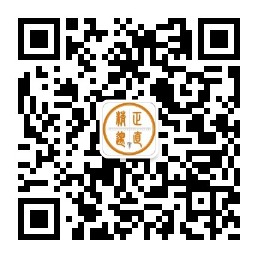
Abstract: Under current Chinese trademark law, if a registered trademark has not been used for three consecutive years, the alleged infringer may raise a non-use defense. This typically applies in two scenarios: first, to counter the right holder's injunction claim by arguing the lack of legitimate exclusivity due to non-use, and second, to oppose damages by asserting that no actual loss has been incurred. In practice, Chinese courts generally accept the non-use defense only for damages, but not for injunctions. This approach allows unused trademarks to retain exclusivity, thus undermining fair competition. In comparison, Japanese law partially permits the non-use defense against injunctive claims if the alleged infringer initiates a cancellation procedure and may exempt them from liability based on the revocation outcome. China could adopt this approach in its legislation to strengthen the link between non-use defense and revocation procedures. In evaluating this defense against damages, courts should adopt a multi-factorial approach—considering such factors as differences across relevant markets and the trademark's appeal to consumers—rather than relying solely on use status to avoid the rigid application of the three-year non-use rule and ensure harmony between trademark protection and market efficiency.
Key Words: non-use defense; trademark registration abuse; limitations on trademark rights; three-year non-use revocation; infringement litigation defense
Author: Zhang Peng, assistant research fellow, CASS Institute of Law; full-time researcher, CASS Center for Intellectual Property Studies;
Source: 5 (2025) Intellectual Property.



